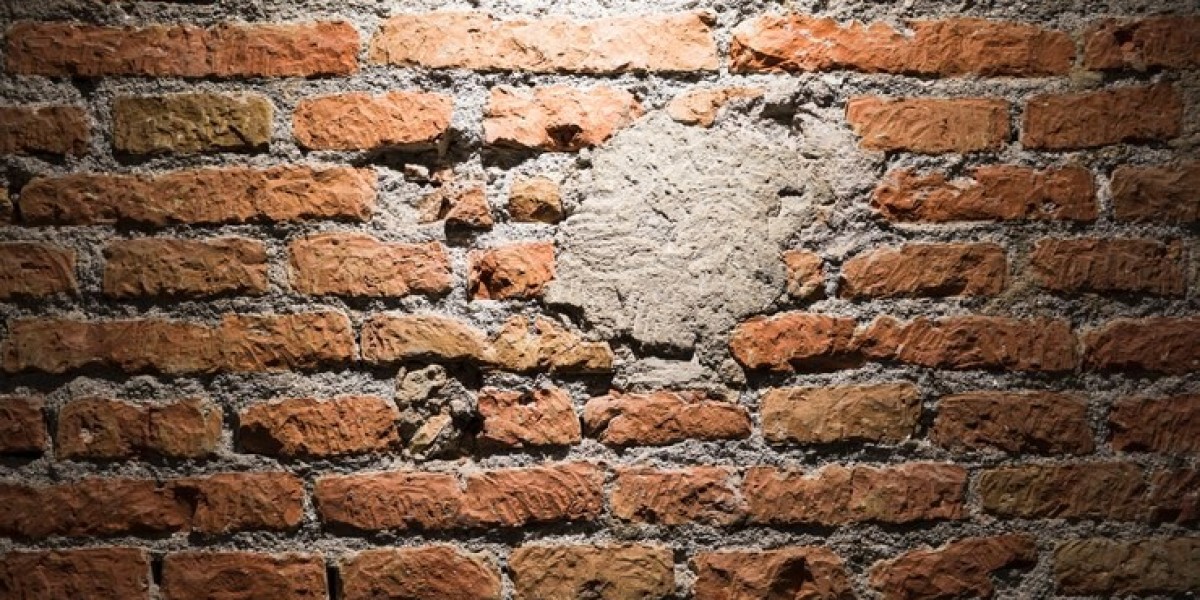Are you looking to make your home warmer and save on energy bills? If so, cavity wall insulation might be the perfect solution for you! The good news is that there are Cavity Wall Insulation Grants available that can help you cover the cost. These grants make it easier for homeowners to insulate their homes without breaking the bank. In this guide, we'll walk you through the steps to apply for these grants in a way that's simple and easy to understand.
What is Cavity Wall Insulation?
Before we dive into how to apply for grants, it's important to understand what cavity wall insulation is. Many homes have two walls with a gap (or cavity) between them. This gap allows cold air to enter, making your house feel chilly. Cavity wall insulation fills this gap with materials like foam or mineral wool to keep the cold air out and the warm air in. This means you'll need less energy to heat your home, which can lower your energy bills.
Why Apply for a Cavity Wall Insulation Grant?
Cavity wall insulation can be expensive if you're paying for it all on your own. However, Cavity Wall Insulation Grants are designed to help reduce the cost. These grants are offered by the government or energy companies as part of programs to reduce carbon emissions and make homes more energy-efficient. By applying for a grant, you could get cavity wall insulation for free or at a lower cost.
Now, let’s get into how to apply for these grants.
Step 1: Check if You Are Eligible
The first step in applying for a Cavity Wall Insulation Grant is to check if you qualify. Eligibility depends on several factors, such as:
- Your income level
- Whether you receive certain benefits like pension credit or income support
- The type and age of your home (for example, homes built after 1920 typically have cavity walls)
- Whether your home needs insulation
You can check eligibility by visiting official government websites or contacting energy companies that offer insulation grants. There are also many comparison websites that allow you to enter your details and see if you qualify instantly.
Step 2: Find a Registered Installer
Once you know that you're eligible for a Cavity Wall Insulation Grant, the next step is to find a registered installer. It’s important to use a certified company because only approved installers can carry out the work under the grant scheme.
To find a registered installer, you can:
- Look for recommendations on official energy-saving websites.
- Search online for companies that are accredited by organizations such as the British Board of Agrément (BBA) or the National Insulation Association (NIA).
- Contact your local council or energy supplier for a list of approved installers.
Make sure to read reviews and get quotes from a few companies to compare their services and prices.
Step 3: Get a Home Assessment
After choosing an installer, the next step is getting a home assessment. This is a survey that checks whether your home is suitable for cavity wall insulation. The installer will send someone to your house to check the walls, measure the space, and decide if your home needs insulation.
The survey is usually free of charge, especially if you’re applying through a grant program. The assessor will check for things like:
- The type of walls your home has (cavity or solid)
- Any existing insulation
- The overall condition of the walls
This step ensures that insulation will be effective and safe for your home.
Step 4: Apply for the Grant
Once the home assessment is done and your house is approved for insulation, the next step is to apply for the grant. In many cases, the installer will handle this process for you, making it super easy. They will submit your details and the survey results to the grant program.
However, some grant programs require you to fill out an application form yourself. Don’t worry—this is usually a simple form that asks for basic information like:
- Your name and contact details
- Your home’s address
- Information about your home (such as its age and size)
- Proof of any benefits you receive, if required
Make sure you fill out the form completely and provide any documents requested. If you're unsure about anything, the installer or a government representative can help guide you through the process.
Step 5: Schedule the Installation
After your grant application is approved, the next step is to schedule the installation. Your installer will work with you to find a convenient time to do the work. Cavity wall insulation typically takes only a few hours to install, and the disruption to your home is minimal.
Here’s what to expect during the installation:
- The installer will drill small holes into the outer wall of your home.
- Insulation material (like foam or mineral wool) will be injected into the cavity.
- The installer will seal the holes, leaving your home looking the same as before.
The whole process is quick, and you should notice a difference in the warmth of your home almost immediately!
Step 6: Enjoy the Benefits!
Once the insulation is installed, you can start enjoying the benefits right away. Your home will be warmer, and you’ll likely see a reduction in your energy bills. Plus, you'll be doing your part to help the environment by reducing your energy use.
Here are some benefits of cavity wall insulation:
- Lower energy bills (you could save hundreds of pounds a year)
- A warmer, more comfortable home
- A smaller carbon footprint
- Increased property value (energy-efficient homes are often more attractive to buyers)
Frequently Asked Questions (FAQs)
Q: How much money can I save with cavity wall insulation?
A: On average, you can save up to £250 a year on your energy bills, depending on the size of your home.
Q: Is the installation process messy?
A: No, the installation is usually quick and clean. The installers will seal any holes they drill, and there is minimal disruption to your home.
Q: Will cavity wall insulation make my home too warm in the summer?
A: No, the insulation helps keep your home at a comfortable temperature year-round by preventing heat from escaping in the winter and keeping it out in the summer.
Final Thoughts
Applying for a Cavity Wall Insulation Grant is a smart way to make your home more energy-efficient and save on heating costs. The process is simple, and with the help of an approved installer, you can have your home insulated in no time. By following the steps in this guide, you’ll be on your way to a warmer, more comfortable home without spending a fortune.



![BurnWell Keto+ ACV Gummies USA Reviews [Updated 2024]](https://biiut.com/upload/photos/2024/10/mSTRe1pV3mnJm5GVptNn_05_7f20bb5b753d9a98617eec57a7cc855a_image.png)